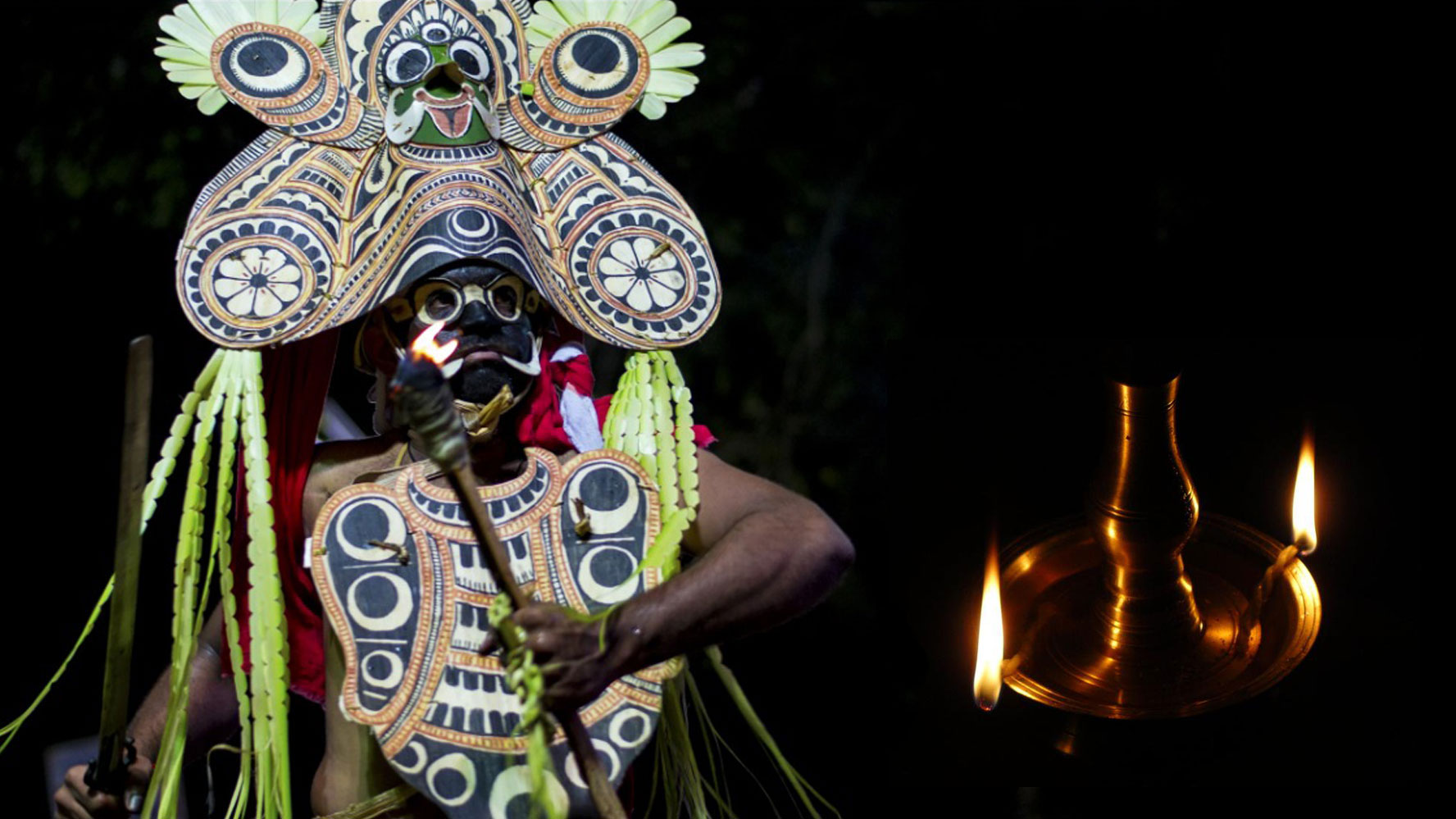Padayani Rural Tantras
Dr. Marc-Paul Lambert
Abstract
South Indian tantras are often associated with temple practices as introduced by the Brahmins. If tantric scenology acts as a physical model that will work for the whole classical Indian theater, one may overlook the importance of another model based on the Mask technique developed through village cultural practices with Pre-dravidian origins.
Unlike classical theater, there is no rural canon available to produce the scenologic instruments adequate for its study. Still, the number of rural genres is forty times higher in Kerala than classical ones. The visual representation and the scenographic environment in the rural register together with special notions of rhythm and spatial design shape the different modes of perception. Besides, India faces the problem of dance terminology to define other sacred practices in a culture dominated by the classical model.
Through Padayani: - a ritual practiced in Central Travancore, dedicated to the Mother-Goddess, let us see how genuine rural tantras contribute to a distinct danced body in the context of the temple venue, with the support of the trance technique.
Padayani rural Tantras
We are talking of a group of warriors from Central Travancore, Kerala, with a leading caste represented by the Nayars; all settled in the Ghats on the high tops, at the east of a strip coast in a rainy area. Padayani cult includes 40 villages; 22 active centres, 5000 devotees, 800 dancers, and a dozen of transmitters. It is one among the great rituals dedicated to the Goddess, of the same family as Mudiyettu, Theyyam, or Thookkam. Danced exclusively by men, the difference in Padayani lies in the assignments of the dance activity: the exclusive means for the performers to reach divine realm. Ritual is addressed as a trance sacrifice with the use of Masks, each of them is unique and portrays the actual danced body of the Mother Goddess.





